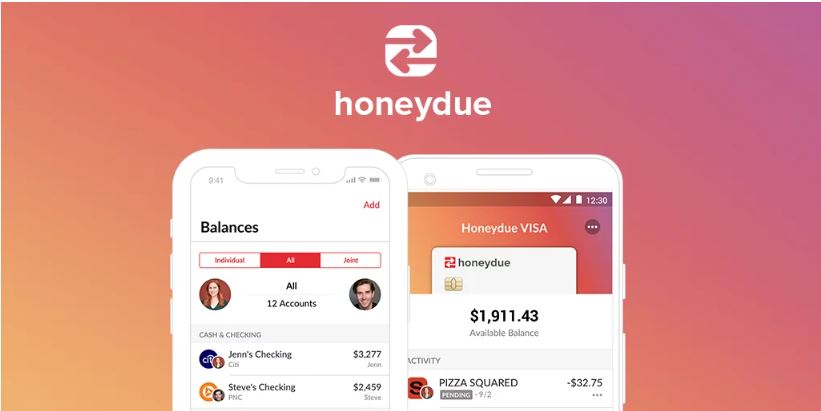After putting the perfect pitch deck together and sending it off to potential investors, how can you know who actually reads it? This is an important question for any entrepreneur. That’s because only by knowing who reads your pitch can you gauge its success rate.
In this article, I’m going to explore why you should know who reads your pitch or business plan and how to set up your pitch deck so you can see which investors view your pitch and which do not.
Why You Need to Know Who Reads Your Pitch
Metrics are essential to business performance. As part of validating the business model, whether you are measuring your sales, profits, or growth, metrics show you how healthy your business is. More than that, metrics are the best way to show investors how your business is performing and will do well in the future.
But what does this have to do with knowing who reads your pitch?
Just as you use metrics to measure the performance of a business, product, or service, you must also use a metric to measure your pitch success. If you don’t keep a record of how your pitches are performing and which ones do best, you can’t learn how to create the ultimate pitch for your business.
When you know who reads your pitch, you can then gauge who it is working for and who isn’t engaging with it. This is priceless information when searching for investment and putting together the best pitch decks.
Let’s take an example. You are pitching your business that offers low-cost cybersecurity to medium-sized businesses. After you send your pitch out to numerous angel investors, you see that most of the investors with IT expertise are reading the pitch and not offering an investment.
However, you find that investors with little IT background are offering the investment.
Why is this? It’s a problem if you want to benefit from investors who understand the market or who have contacts in place to scale your product.
With this data in hand, you can try out different pitches and slowly but surely uncover what works and what doesn’t. You can find out why your pitch isn’t working with the investors who matter most to you. By altering your pitch strategically for that audience, you can secure the investment and resulting opportunities you need.
The Measurement Problem
Okay, so we’ve established how important it is to know who is reading your pitch. That’s great, but how do you get your hands on that information? This is a measurement problem. It can be difficult to gather this data.
You need a way to accurately measure who is reading your pitch deck. If you can automate this process, then that’s all the better in terms of efficiency. There are three main ways to solve this measurement problem and gather the information you need. They are Inferring follow-up and direct measurement.
Inferring Who has Read Your Pitch
Inferring who has and hasn’t read your pitch is the most inaccurate approach. However, in some instances, it is the only avenue open to entrepreneurs who pitch their ideas. If you send your pitch during the startup fundraising process to a potential investor and they then contact you to ask for more details, then you can infer they read the entire pitch.
Likewise, if someone gets back to you and says they aren’t interested, but mentions a part of your pitch directly, you can assume they have also read your pitch, at least in part.
Lastly, if you send your pitch as an email attachment, you can in some cases find out who has at least opened the email. There are two ways to do this. One is to use a service like MailChimp to send emails. They can furnish you with numbers for how many people opened your email. You can also use a “read receipt”.
Many email clients like Outlook and Gmail have an option to “request a read receipt”. This tells you if an email to a specific person has been opened.
Follow-Up
A more precise way of finding out who read your pitch is simply to ask. By following up with an email or phone call, you can ask a potential investor if they had time to read your pitch.
A word of warning with this approach, however. Some investors are so busy that they won’t take kindly to being “pestered” by budding entrepreneurs, especially when those investors are used to dealing with hundreds of pitch decks.
Try to be as diplomatic as possible and don’t be too pushy. When you do find that someone has read your pitch, record what they said about it in a spreadsheet so you can see what worked and what didn’t.
Direct Measurement
Finally, a direct measurement is the most precise way to measure who reads your pitch. In order to do this, you are going to have to use the software. Google Drive and Google Docs allow you to record how many people have read a shared document. In some cases, they can even tell you exactly who has read a document.
Other software exists for sending documents directly to investors. the tools then report back on who reads them. Companies like Doc Send have designed software so that you can easily discover who has read your document and who has not.
The Rewriter is King
Too many entrepreneurs make the mistake of thinking that their job is done once they’ve created their pitch deck. Sure, it takes hard work and research to create a pitch deck of slides, but here’s the truth: Your work is never done!
Writing a pitch deck for potential investors is a continual process. You don’t simply write a pitch, send it off, and then wait for the investment to roll in. If only it were that simple! You have to continually alter and rewrite parts of your pitch deck so that you stand the best chance of reaching investors.
Feed this rewriting process with the data you gather about who does and does not read your pitches. If you then correct your pitches accordingly in response to the feedback, you should see a marked improvement in terms of investor engagement over time.
BIO
Alejandro Cremades is a serial entrepreneur and the author of The Art of Startup Fundraising. With a foreword by ‘Shark Tank‘ star Barbara Corcoran, and published by John Wiley & Sons, the book was named one of the best books for entrepreneurs. The book offers a step-by-step guide to today‘s way of raising money for entrepreneurs.
Most recently, Alejandro built and exited CoFoundersLab which is one of the largest communities of founders online.
Prior to CoFoundersLab, Alejandro worked as a lawyer at King & Spalding where he was involved in one of the biggest investment arbitration cases in history ($113 billion at stake).
Alejandro is an active speaker and has given guest lectures at the Wharton School of Business, Columbia Business School, and at NYU Stern School of Business.
Alejandro has been involved with the JOBS Act since inception and was invited to the White House and the US House of Representatives to provide his stands on the new regulatory changes concerning fundraising online.











Add Comment